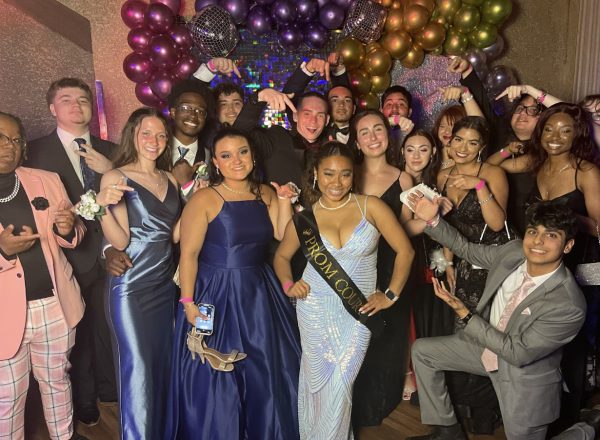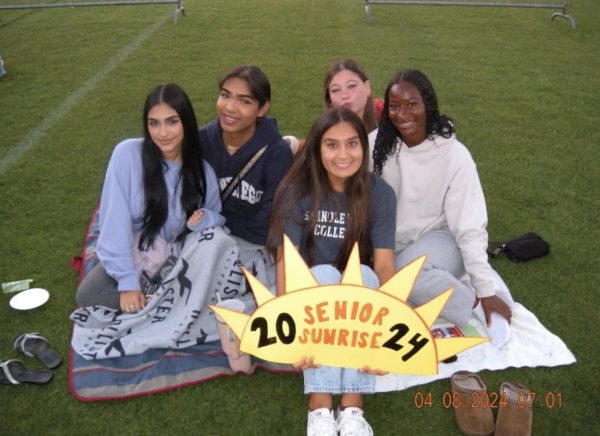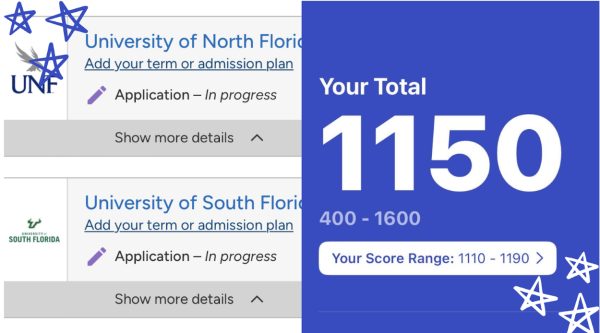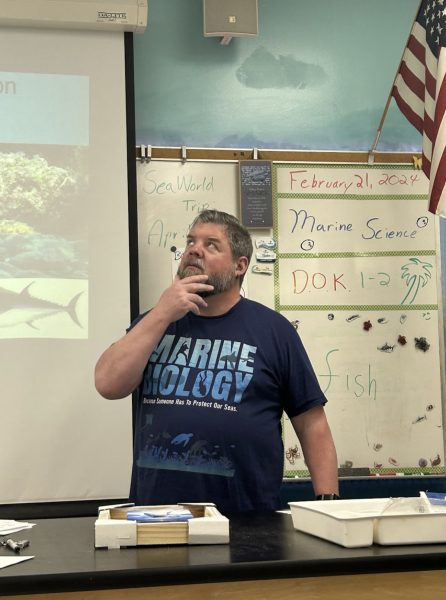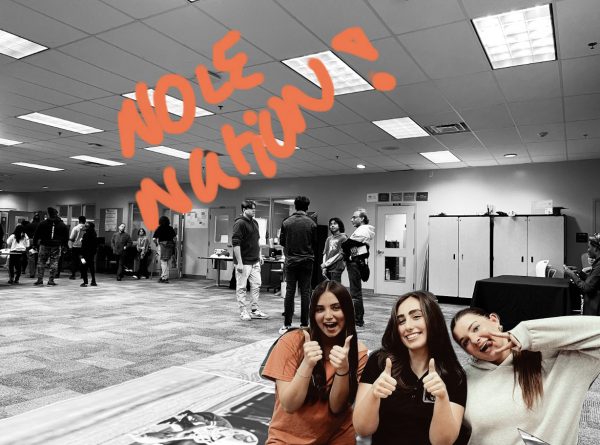Oscar Wilde is a Bridge to LGBTQ+ History
August 7, 2021
Oscar Wilde was infamously imprisoned for his homosexuality, but there is much more to his life story. He was a prolific author. His most well-known works were The Picture of Dorian Gray and The Importance of Being Earnest. He went on lecture tours in the US where he discussed the aesthetic movement. The aesthetic movement was in the late 19th century and championed the belief of beauty and art exist for their own sake. This principle is visible in anecdotes about Wilde and his flowery writing.
Wilde lived as most queer people did in Victorian England, deep within the closet. It was not safe for queer Victorians to live openly because homosexuality was both a crime and something seen as dreadful to people at the time. Wilde married and had two sons, but at the same time struck up relationships with other men, like Lord Alfred Douglas. Douglas’ father was not happy about his son being in a relationship with another man, so he left a calling card for Wilde, which read “[f]or Oscar Wilde, posing somdomite.” The word Douglas’ father was looking for was sodomite, an offensive term that alludes to the sin of sodomy referenced in the Bible. Wilde made the poor decision to sue Douglas’ father for libel. In court, the accusation that Wilde was a “somdomite” was found to be true. It cannot be libel if it is true, so Wilde was brought up on new charges: gross indecency. Gross indecency was a charge that allowed the government to imprison Wilde for being in a relationship with a man. He was sentenced to two years of hard labor that took a significant toll on his health. Only 3 years later Wilde died.
Brian O’Donnell, who is an AP World History teacher, said, “history covers all aspects of life” not just the major, well-known events.
While Wilde’s story is widely known, and he ends up being the only historical figure people can name, who was either not cisgender or straight, there are so many other stories about better people with much happier endings. It is so important for LGBTQ+ kids to hear these stories with happy endings because it can give them hope for the future. People in history classes do not learn about diverse figures, especially LGBTQ+ figures, so queer, history-loving kids go looking for these figures online. They find the depressing ones because court cases are generally recorded pretty well or they find figures from the late 20th century during the AIDs epidemic, so all they find are stories where all of the people like them are punished and/or die sad tragic deaths. This is not even remotely what queer history is. Queer history does have plenty of happy endings with diverse people, not just white, gay men.
Queer people have existed forever in extremely well-known events in history. Queer people played an enormous role in the Harlem Renaissance, for instance. Baynard Rustin, a Black, gay man, was essential in the behind-the-scenes work of the Civil Rights Movement and a significant advisor to Martin Luther King Jr.
These stories are often left out of history books because while it is easy to identify someone as a part of an ethnic group, it is difficult to say whether or not someone is definitively queer. Even when there is vast evidence of a historical LGBTQ+ person, people will claim that because they did not use modern labels. they cannot be considered LGBTQ+. Back then, however, they didn’t have modern labels to use. Queer people didn’t start existing when labels were created.
Bernadette Banner, a fashion historian, says, “It is important to note the vocabulary we use to define gender and sexual orientation today largely did not exist [in the past]. Between this lack of self-defining vocabulary as well as the broader normalization of ‘romantic friendships’ (or highly affectionate platonic-socially acceptable- friendships between individuals of the same sex), it is unfair to impose our modern labels on these images from history.”
There was also a danger to saying, even in a private journal, that you weren’t cisgender or straight, so when there are accounts of two women living together for their entire lives or someone, like the public universal friend, you can’t just proclaim them to be cisgender or straight because they never wrote “I am a lesbian” or “I am non-binary.”

























